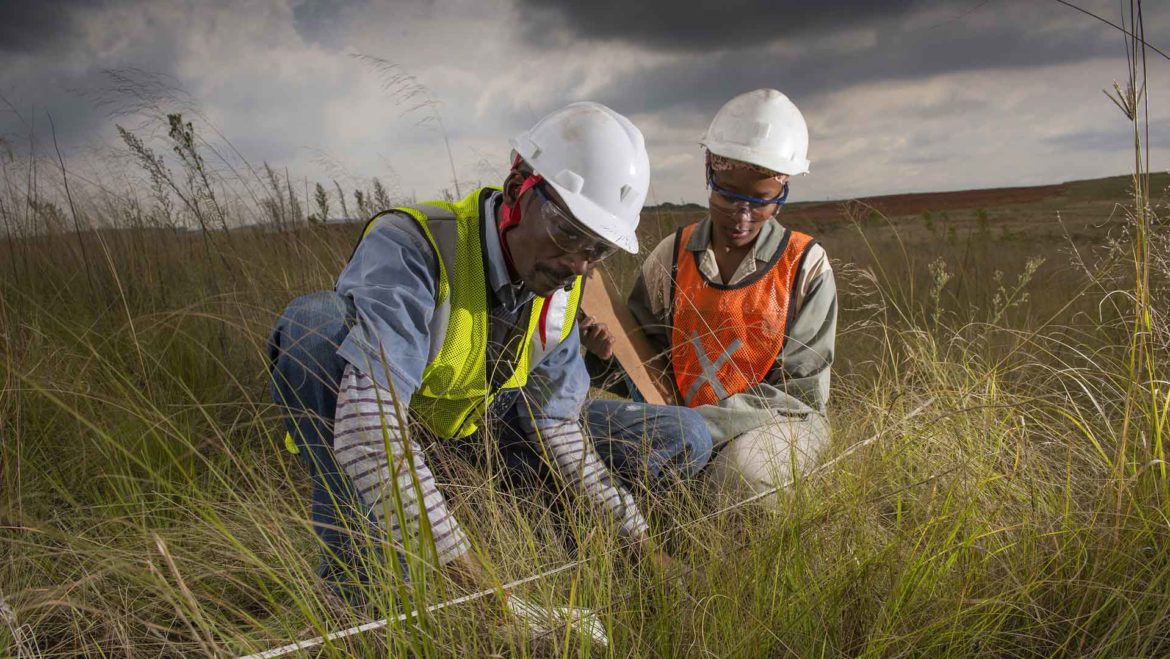
Element 7 – Closure Costs
Mining companies, regulators and investors share a common interest in ensuring the costs of implementing mine closure are accurately identified and clearly communicated. The estimation and reporting of costs present a unique set of challenges as they may need to be estimated based on designs and assumptions made prior to construction of the mine and then updated regularly over the LoA incorporating changing information. These updates may occur over years or even decades.
Closure costs will typically be incurred over the following three periods:
- During the LoM (progressive closure)
- During the implementation of closure activities
- During the post-closure period
Types of cost estimates that are used to characterise the financial aspects of closure:
- LoA cost estimate (p47) – Costs that the operator expects to incur in the context of the current mine plan at the end of the mine life
- Financial liability cost estimate (p48) – Estimated liability based on applicable accounting requirements
- Sudden closure cost estimate (p48) – Cost to close the operation in its current state
- Regulatory cost estimate (p49) – Costs that form the basis of a guarantee provided to a regulatory body
The estimation of calculating closure costs is both challenging and of considerable importance to mining companies. Considerations should include:
- Scope (p50)
- Information needs (p50)
- Estimate accuracy (p51)
Progressive closure (p39) is one of the most effective means to gain direct experience with the implementation of the closure works and accurately characterise their true costs. Feeding this information back into future cost estimates will reduce the risk of inaccurate estimates. Benefits include:
- Reducing the total disturbance which reduces the amount of the financial provision for the company
- The book value of the company
- Reduced costs associated with the financial assurance
- Reduced carrying costs
- Increased availability of credit for other investments
- Tax benefits
Further Reading:
